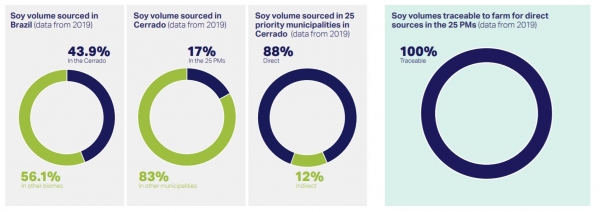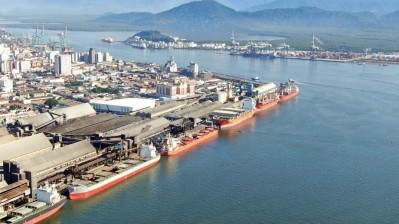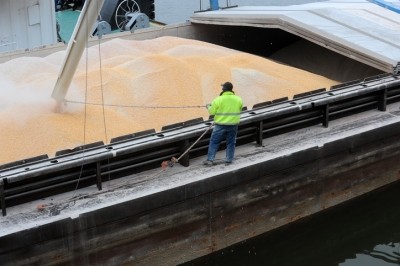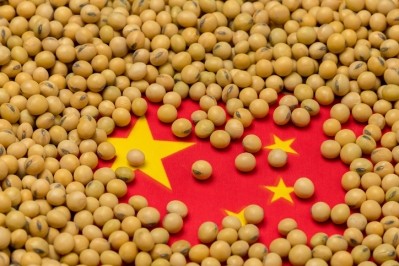SCF progress report: ADM, Bunge, Cargill, COFCO, LDC and Viterra achieve soy sourcing traceability targets set for Cerrado
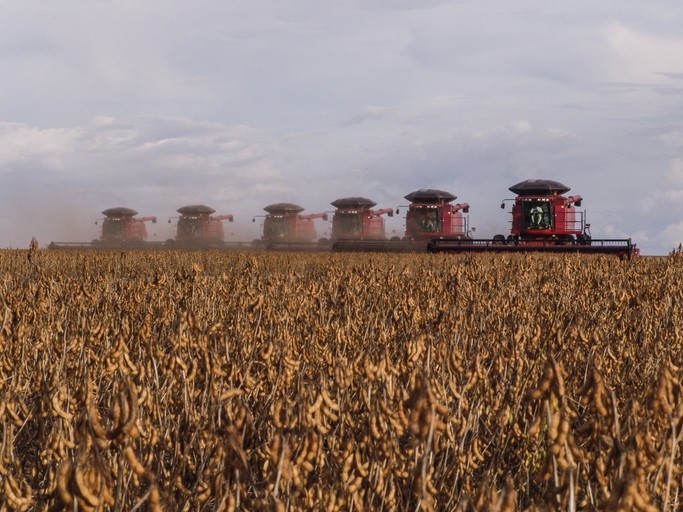
The group continues to expand its work with producers and third parties in order to drive impact on the ground, according to its latest progress report.
The SCF is a global platform for food and agribusiness companies, convened by the World Business Council for Sustainable Development (WBCSD) for the purpose of advancing collective action around common sustainability challenges. Its membership comprises ADM, Bunge, Cargill, COFCO International, Louis Dreyfus Company, and Viterra.
SCF member companies have each pledged to eliminate deforestation from their supply chains worldwide, and work together to advance collective action towards deforestation and conversion-free soy supply chains.
Three action areas
To achieve this goal, the group focuses on three key action areas: Increasing transparency across soy supply chains; engaging with producers; and fostering genuine collaboration across the value chain, to identify and implement solutions.
The SCF’s first area of priority is soybean production in the Cerrado, in particular 25 municipalities, which represent 8.7% of the biome but concentrate 44% of the native vegetation area converted to soy in the Cerrado over the last five years.
Identifying key municipalities where conversion of native vegetation to soy is high, and where SCF members are present, was therefore a necessary strategy to optimize impact.
The SCF said it has forged partnerships with local implementation partners in those 25 high risk municipalities to engage producers and identify key opportunities and challenges to promote sustainable expansion of soy production in available cleared areas, protecting remaining native vegetation.
Reported progress
In June, the SCF highlighted key findings from the latest geospatial analysis of soy in the Cerrado, developed by Brazilian satellite imagery firm Agrosatelite. That study showed that despite a growth in soy cultivation in the Cerrado, soy contribution to native vegetation conversion in the biome is decreasing over time.
Nevertheless, native vegetation conversion remains an issue concentrated in specific hotspots, confirmed the latest SCF progress report. In order to make sure the group focuses its efforts where they matter most, engagement and monitoring continues in these high-risk areas, and the group said it is revising its list of priority municipalities to make sure it adequately captures the evolution of land use change and risk.
Traceability targets
Traceability is an essential foundation to achieving more transparent and sustainable supply chains, argues the group.
Since June 2019, the SCF said its members have reported on traceability of soy volumes sourced in the priority municipalities using a two-step approach.
“First, members report the percentage of direct and indirect sources, meaning soy sourced from farmers and soy sourced from intermediaries (cooperatives, silo owners and other traders). As the indicator established by companies show that most of the soy is sourced directly, which is the scenario in which members have more access to information, we decided to prioritize reporting on direct sources and improving traceability to farm. In December 2019, we committed to achieving full traceability to farm for direct sources in the 25 priority municipalities in the Cerrado, reaching a minimum of 95% by the end of 2020.”
The report shows that all members have met the SCF traceability target, with most reporting that they surpassed it.
Taking ADM as an example, it said it achieved 100% soy traceability to farm in the SCF’s 25 priority municipalities.
"We’re even more excited that we achieved this through the collection of polygons, a highly precise standard of measurement that shows exactly where soy is planted, bringing higher accuracy and more transparency for our customers and relevant stakeholders."
The SCF said it is committed to finding ways to measure and monitor members’ deforestation footprint over time, and to ensure that the soy flowing into key markets is not linked to deforestation or conversion of natural habitats.
Engaging producers
In Bahia, as part of its partnership with Solidaridad Brazil, the group is collecting insights from 80 soy producers, with the aim of identifying critical interventions and co-developing plans designed to encourage the adoption of climate-smart practices and eliminate the expansion of soy from high value natural habitats.
In Mato Grosso, the SCF said it is supporting the Produce, Conserve and Include Initiative (PCI) through a similar producer focused process, with the intention of developing a multi-commodity and multi-stakeholder approach to encourage sustainable and profitable agricultural expansion.
Richard Smith, business consultant in Brazil and PCI’s Corporate Action Group coordinator, weighed in on that support:
“The (PCI) initiative considers this partnership with the SCF companies an opportunity to not only address deforestation risks in the municipal level, but also consolidate a governance and finance model to support compliance in the farm level. The engagement of the private sector is a key point of this process and can definitely indicate the pathway for other companies’ engagement and to upscale the work in the jurisdiction of Mato Grosso state.”
The SCF said it will share key learnings from producer engagements, in 2021, with the goal to bring others on board to support implementation, recognizing that collaboration with local actors and the broader value chain is essential to ensure lasting positive impact for all stakeholders.
